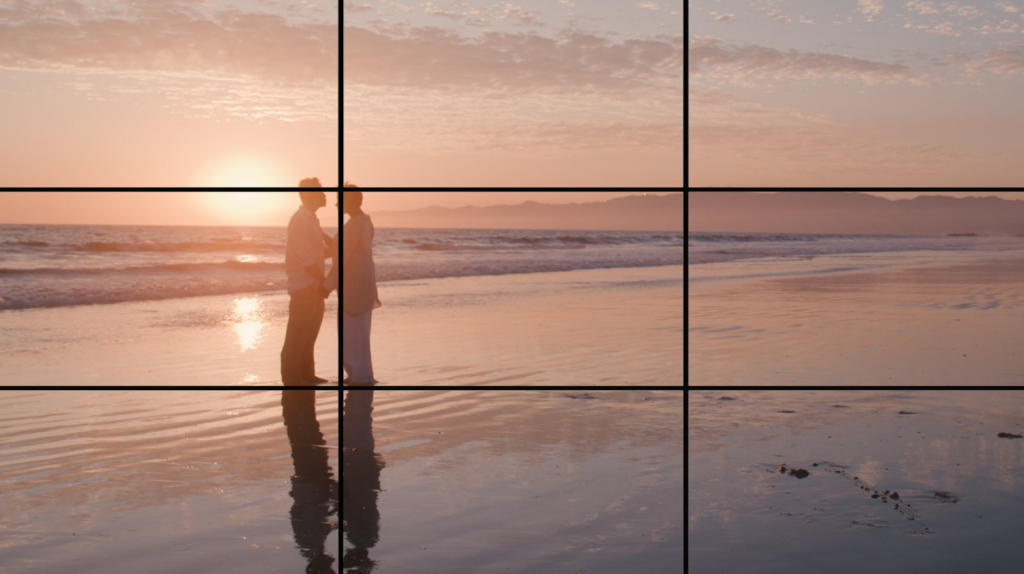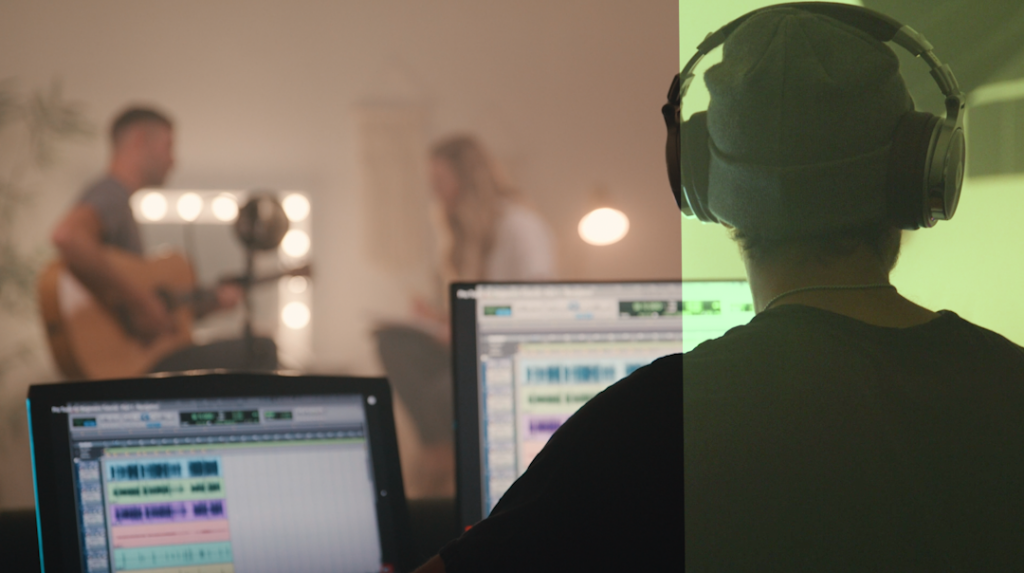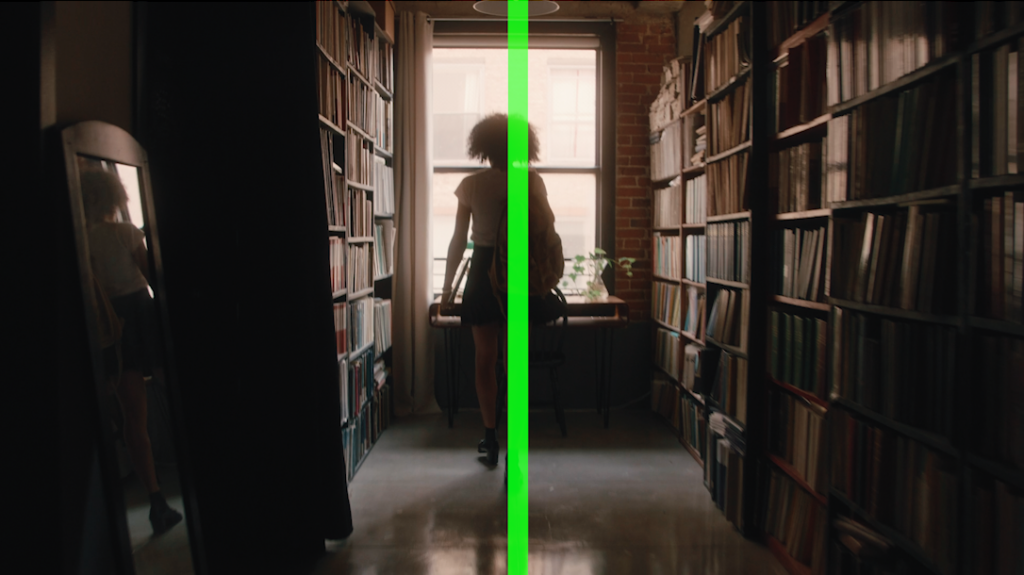
Filmpac Footage Contributor Program
Want to make money selling footage through a major stock footage platform like Filmpac? This page will walk you through the processs.
Continue ReadingIf you’re a photographer or filmmaker, you’ve likely heard of The Rule Of Thirds. But just like any other rule or principle in the creative world, it’s really more of a guideline than a necessity.
At first glance, the vertical lines and horizontal lines and intersection points can look a bit confusing to beginners. But it’s really a simple compositional technique.
Here’s how to use (and how to break) The Rule Of Thirds.




Simply put, when following The Rule of Thirds, you will place your subject in the left or right third of your composition, leaving the other two thirds open.
Or, in landscape photography, for things such as a horizon line or leading lines (either placing it on the upper third or lower third in the rule of thirds grid), you’d use the top or bottom third.


To do this, imagine 3×3 grid lines over the top of your image. You’ll want your main subject to sit roughly at one of the corners of the middle square, which creates an appealing amount of negative space and gives your subject some breathing room in the viewer’s eye.


As long as you keep any key elements and points of interest at these middle intersection points, you’ll be following The Rule Of Thirds.
Many camera viewfinders (and almost all editing programs such as Lightroom, Premiere, or Photoshop) have a built-in rule of thirds grid overlay you can use, and there are even some iPhone and Android apps that can help beginners with The Rule Of Thirds.
But once you shoot like this enough, you’ll have a habit of understanding how The Rule Of Thirds works, and you won’t need the grid.



Of course, there are plenty of times when you’ll want to ignore this rule completely.
The most common example is framing a subject dead center in the rule of thirds grid (directly in the middle of the vertical lines and horizontal lines). This could be a portrait, a way to create symmetry, or a way of highlighting a setting.







Another reason to ditch the rule is with extremely tight shots, where the subject fills the frame and beyond. This allows you to keep the viewer’s eyes on a specific focal point of the shot.
The Rule Of Thirds is a very basic photographic composition guideline, but it’s well-known for a reason. Following this guideline will give you a better composition and make you a better filmmaker.
Be sure to subscribe to our email updates to receive more tutorials and resources like this one!
Kevin Graham is the Music Director at Filmpac.

Want to make money selling footage through a major stock footage platform like Filmpac? This page will walk you through the processs.
Continue Reading
By far, the two most common frame rates in modern American video editing and production are 24fps and 29.97fps. Here's the difference.
Continue Reading
There are 5 main types of camera movement. We break each of them down and show you how they can help you tell your stories better.
Continue Reading
The most useful filmmaking jargon relates to how to frame) of a shot. So today, we’re going to list the 6 most common terms.
Continue Reading

One of the most difficult parts of being a professional filmmaker is effectively managing and budgeting your time.
Continue Reading
Want to make money selling footage through a major stock footage platform like Filmpac? This page will walk you through the processs.
Continue Reading
Virtual reality could be the biggest shift in the way we consume our content since the proliferation of the smartphone.
Continue Reading